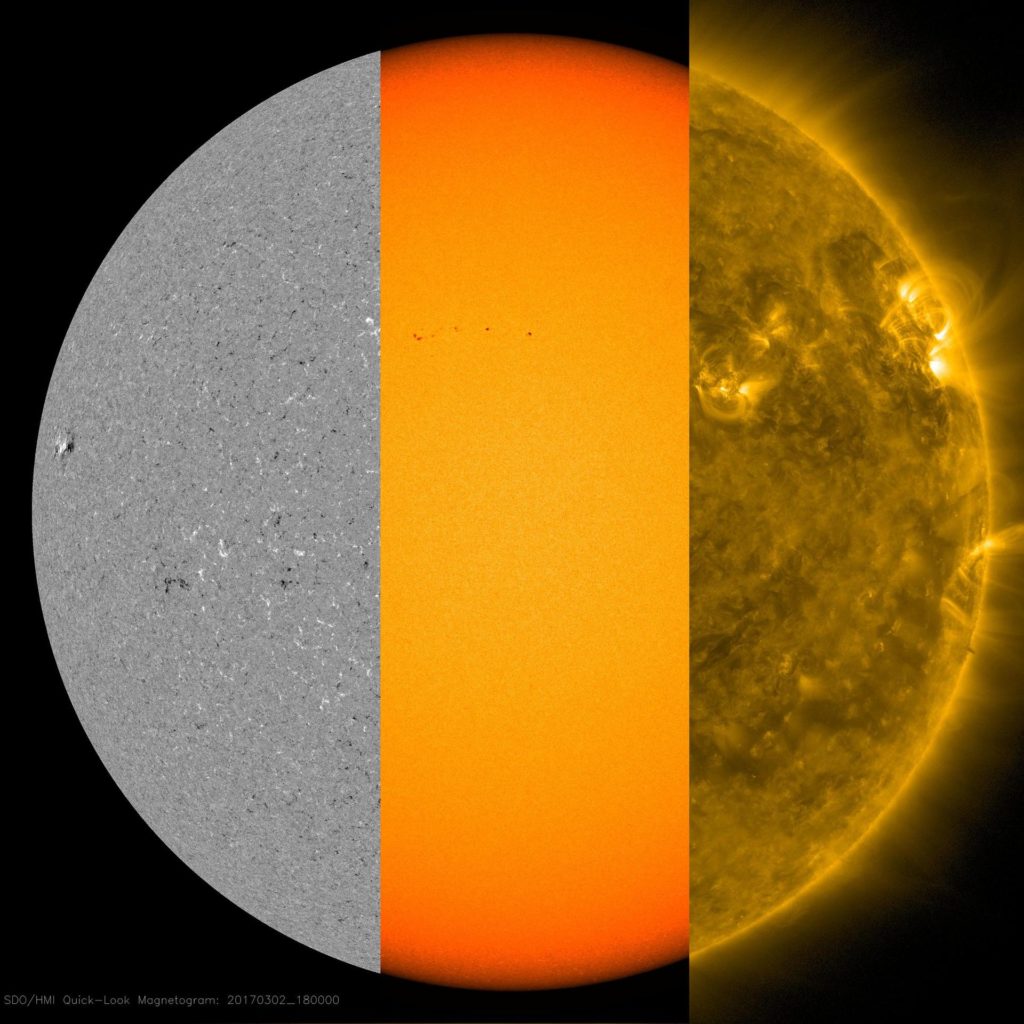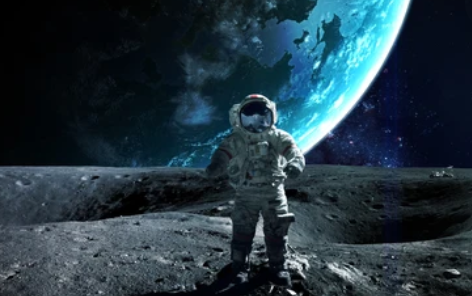Is the Sun a Burning Fireball?

The Sun is a 4.5 billion year old Yellow Dwarf star in the heart of our solar system. Its gravity holds our solar system together by keeping everything from large planets to space debris in orbit around it. Without the sun life on earth could not exist. Its core temperature is roughly 15 million degrees Celsius and a surface temperature of over 5.5 thousands degrees Celsius.
The sun is not actually a giant fireball but rather a perfect ball of super hot plasma. Plasma is superheated matter, at the temperatures of the suns core the electrons are ripped away from the atoms forming an ionized gas. The sun is mainly hydrogen and helium gasses and when superheated form plasma. Plasma is referred to as the fourth state of matter along with solid liquid and gas.
The suns core is a giant nuclear fusion reactor, with the immense heat and pressure the billions of hydrogen atoms are pushed so close together they create new heavier atoms called helium. As atoms merge together they create heat and light. The light works is way out of the core and through the various zone of the sun until it's free to leave the sun.
The light we see on earth was created thousands of years ago. Although the light escaping from the sun only takes about 8 minutes to reach earth these light photons can take nearly 100,000 years to reach the surface of the sun from its core.
The photons of light emitted from the sun are perceived as yellow when we look up at the sun, but in fact the sun is not yellow at all. Light is defined as having a wavelength and each colour has its own wavelength. The photons of light emitted from the sun are through all the wavelengths. This is essentially all colours and perceived as white. All pictures of the sun taken from space show the sun is white.
So whys does the sun look yellow? If we look at a rainbow they are always in the same format, red, orange, yellow, green, blue and violet. Red is always on the outside or top. This is because red has the longest wavelength and blue and violet on the inside of the rainbow as they have the shortest wavelength.
On earth the atmosphere has an impact how we see the suns colour. Wavelengths are scattered by our atmosphere and shorter wavelengths are scatter far easier than longer wavelengths. The light we see from the sun has less blue through to yellow due to the atmosphere so more of the spectrum red and orange is seen which gives the sun the colour we see.


